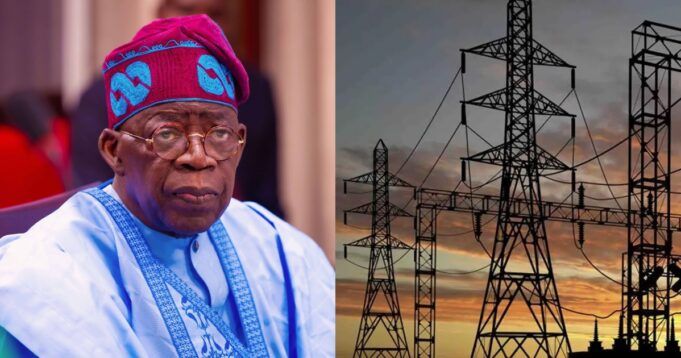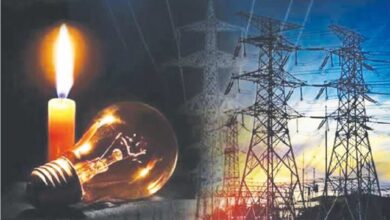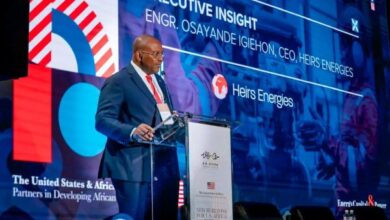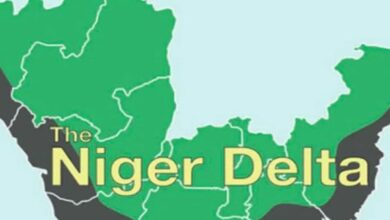FG Approves Game-Changing National Integrated Electricity Policy — A New Blueprint for Nigeria’s Power Sector Transformation

By the BRANDECONOMY Energy Desk
“You can’t have industrialisation without electrification. Power is not just infrastructure — it is the currency of development.”
— Energy Insight, BRANDECONOMY
After decades of piecemeal reforms and systemic bottlenecks, Nigeria has finally taken a bold leap toward structural energy reform. The Federal Executive Council (FEC) on Monday approved the long-awaited National Integrated Electricity Policy (NIEP) — a landmark document that aims to radically restructure and future-proof Nigeria’s electricity value chain.
The policy, drafted since December 2024 and anchored on the Electricity Act, 2023, sets a fresh strategic and legal foundation for the Nigerian Electricity Supply Industry (NESI). It comes with a renewed promise: aligning Nigeria’s energy transition with both global best practices and local developmental imperatives.
Is this the Long Overdue Revolution in the Power Sector?
For context, Nigeria’s previous guiding document — the National Electric Power Policy (NEPP) of 2001 — was conceived at a time when digital power metering was novel, renewables were niche, and state-level electricity markets were inconceivable. The energy landscape has since shifted globally — with climate change, decentralised energy systems, and clean tech at the forefront of modern electricity policy.
“This is not just a document. It’s the architecture of a new electricity economy,” said Power Minister Adebayo Adelabu, as quoted by his spokesperson Bolaji Tunji.
Inside the NIEP: What’s New, What’s Next
The NIEP isn’t just a technical policy paper; it’s a national roadmap with ambitious goals across multiple dimensions:
🔌 Power Generation & Transmission:
- A balanced mix of thermal, hydro, and renewables, moving away from over-dependence on gas-powered generation.
- Introduction of clear guidelines for capacity planning, embedded generation, and off-grid solutions.
🌞 Renewable Energy Integration:
- Aggressive push for solar, wind, biomass, and mini-grid solutions, especially for rural and underserved areas.
- Backed by regulatory support for clean energy IPPs, energy efficiency incentives, and carbon-aligned projects.
🏛️ Decentralised Governance:
- Endorses State Electricity Markets under the Electricity Act 2023 — a game-changer that decentralises electricity governance and allows states to license and regulate their own operators.
- Encourages state-private collaboration for sub-national grid development.
⚖️ Regulatory Reforms & Market Design:
- A refined framework for cost-reflective tariffs, open access, competitive market operations, and private capital attraction.
- Defines roles across federal, state, regulator, operator, investor, and consumer ecosystems.
🌍 Climate, Gender & Inclusion:
- Aligns with Nigeria’s low-carbon economy goals, and embeds climate resilience into the sector’s planning.
- Commits to gender equality, social inclusion, and local content across NESI operations.
🧠 Innovation, R&D, and Local Content:
- Mandates increased funding and policy incentives for research & development, capacity building, and local manufacturing in the electricity ecosystem.
From Policy to Power: Will Implementation Break the Curse?
Critically, the NIEP is a living document — designed to evolve with market realities and technology shifts. But history has shown that Nigeria’s biggest challenge isn’t vision — it’s execution.
Electricity stakeholders and analysts are cautiously optimistic. BRANDECONOMY energy watchers believe the success of the NIEP will rest on five core pillars:
- Political will across federal and state governments.
- Private sector participation in generation, metering, and distribution.
- Access to capital for large-scale infrastructure upgrades.
- Regulatory consistency and investor protection.
- Grid discipline and transparency in operations and settlements.
If well-executed, the NIEP could be the catalyst for a true energy transition — one that enables manufacturing, lifts MSMEs, powers rural health and education, and attracts billions in clean tech investment.
Investor Signal: Nigeria’s Power Sector is Open for Strategic Play
From international donors to private equity players and local entrepreneurs, the NIEP sends a strong message: Nigeria’s power sector is being de-risked for smart capital.
The FEC’s ratification also reinforces investor confidence in Nigeria’s new multi-level power governance structure — where Lagos, Kaduna, Ekiti, and Rivers, among others, are already gearing up to launch state electricity markets under the new law.
“This document isn’t just about light. It’s about lighting up livelihoods, industries, and digital futures,” said an industry source familiar with the policy’s draft.
Bottom Line:
The National Integrated Electricity Policy (NIEP) is Nigeria’s boldest power sector play in two decades. It provides a unified, modernised, and forward-looking framework to overhaul generation, transmission, distribution, and governance — with the potential to unlock real, inclusive development.
But as every energy professional knows: policy alone doesn’t generate megawatts. Execution does.











